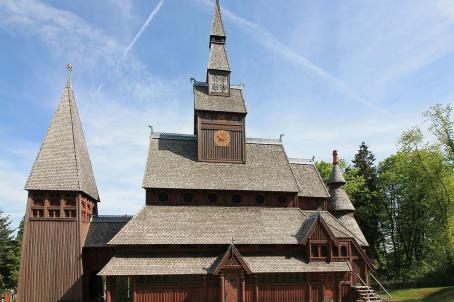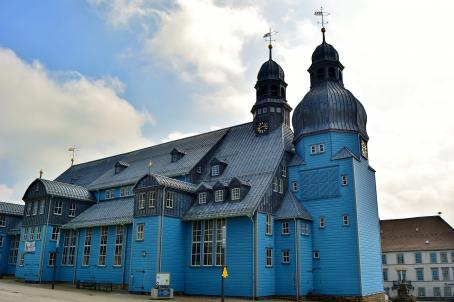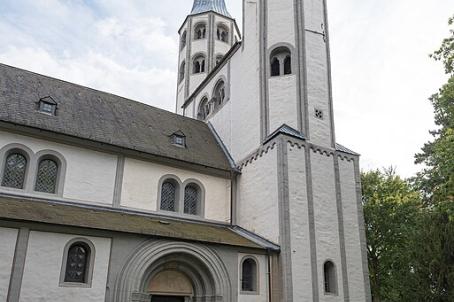Gandersheim Abbey

Gandersheim Abbey was founded in 852 by the Saxon Count Liudolf. An imperial abbey from the 13th century until its dissolution in 1810, it hosted a community of women from noble families who lived secular lives without having to take perpetual vows. The abbey is famous to have been the living place of Hrotsvita of Gandersheim, a poetess and first Germanic author of the Ottonian Renaissance (930 - 1030).





